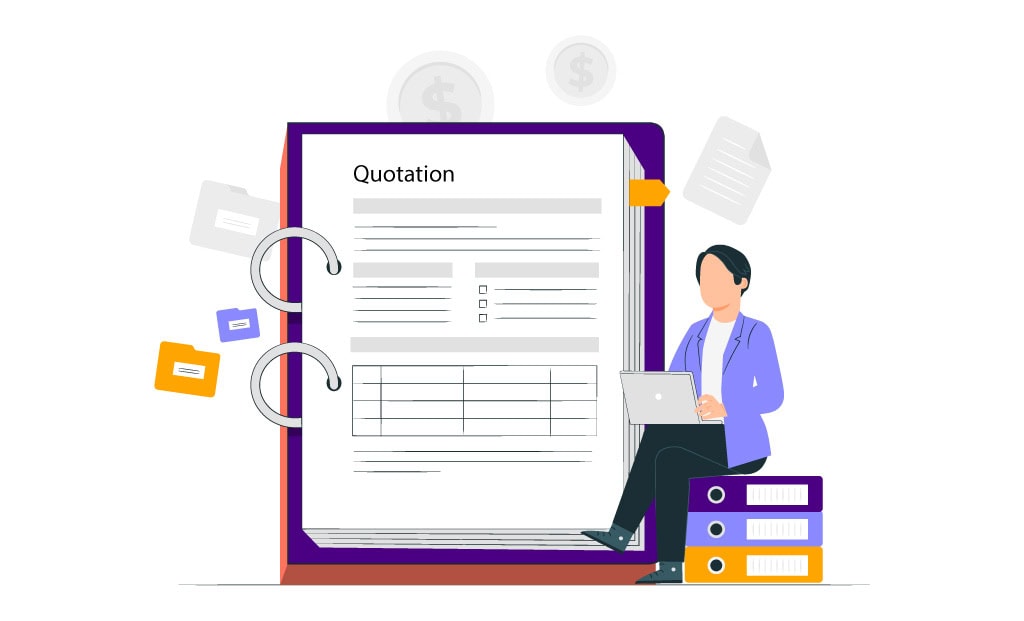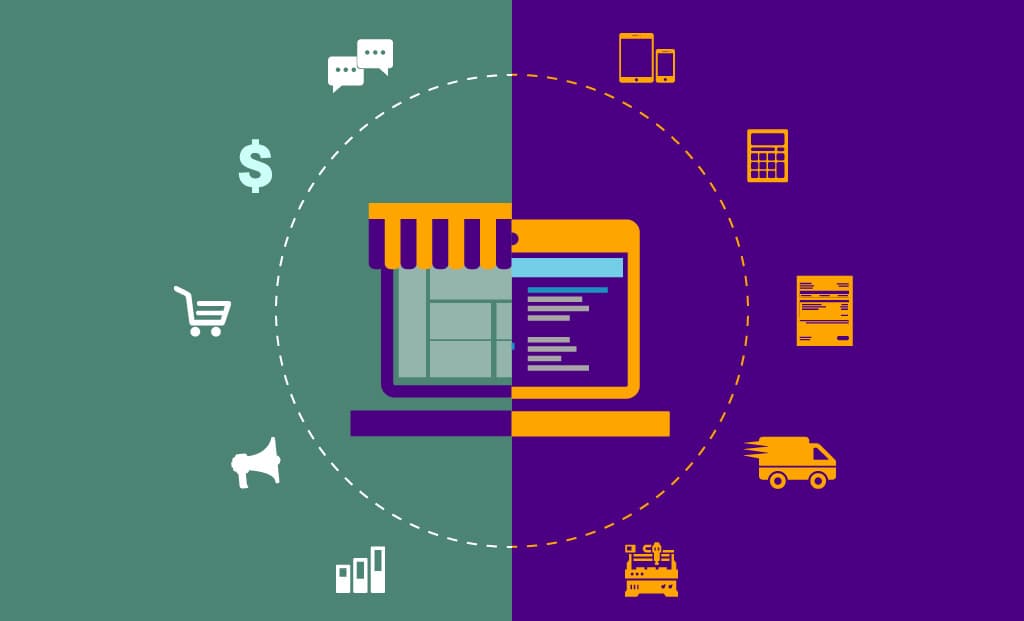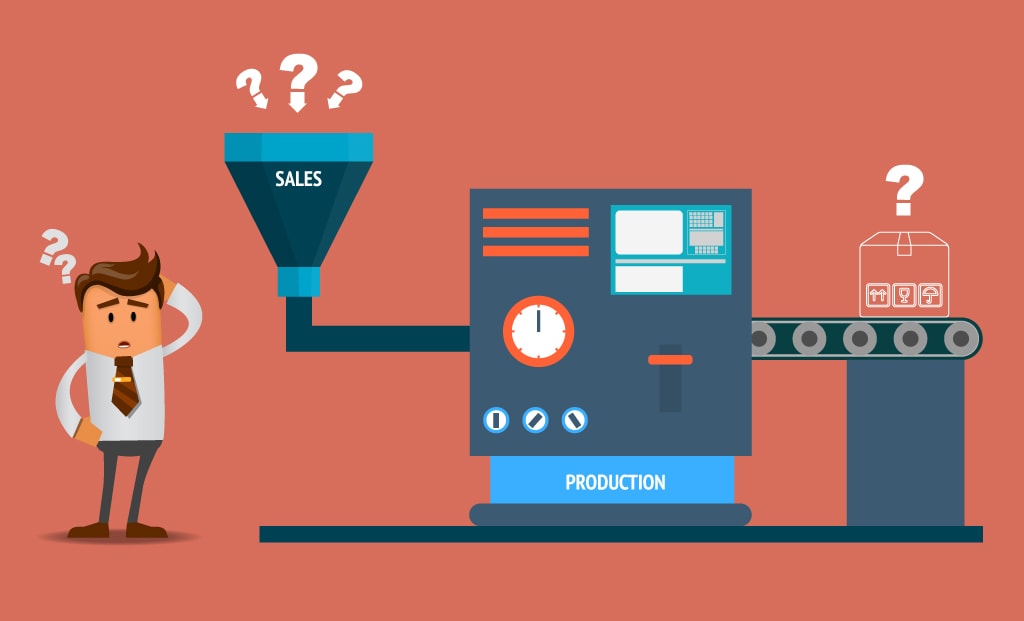Sales Management
Sales Management Capabilities & Features
- Make it easier for customers to work with you by providing them accurate information in a timely manner
- Improve customer satisfaction by improving on-time performance and self-service tools
- Align your organization by unifying sales, fulfillment, production and finance functions
- Improve sales organization’s effectiveness by providing them easy-to-use tools and insights into demand and supply functions
Quoting and Estimating
Customer Portal
EDI
Customer Relationship Management (CRM)
Order Management
Sales Management
Our Customers are Our Purpose and Our Strength

We’ve lowered lead times and reduced our costs across all four profit centers. The system essentially traces each job from the initial quotation entered in its CRM module through the manufacturing cycle, into the warehouse, out the door and into the billing process. PowerERP does everything we need to operate our business, from shop-floor to front-office.”

If we want to know anything about production, sales, a particular job, maintenance on a job or raw material costs on a job we only have to go one place to look for it. That’s powerful.”

With the capability of handling complex pricing, for instance, I was able to handle various pricing types that are unique to a distribution environment. Using Point-of-sale hand-held applications, order processing has cut down the time it takes for us to replenish shelves at supermarkets. These improvements have translated into increased sales. “Getting our sales and inventory data used to be a nightmare, and now it is clean and easily accessible”.
Browse through our Latest ERP and Technological Insights






FAQ's
Customer Relationship Management (CRM) in OmegaCube ERP is a comprehensive customer management module that enables manufacturers to increase prospect-to-customer ratio, automate lead management, improve customer response, easily execute sales campaigns and get accurate results.
Order Management in OmegaCube ERP helps manufacturers to get a real-time view of their sales orders from various sources such as, website, e-commerce, cold calls, incoming enquiries etc. It automates order management workflows and helps them to improve customer response, service efficiency, supplier relationships and eliminate manual methods/paperwork.
Work Order Management in OmegaCube ERP helps manufacturers to accurately schedule work orders, prioritize based on customer requirements and dispatch them to the shop floor. They can track work order progress throughout the production process, combine work orders and increase overall manufacturing efficiency.

